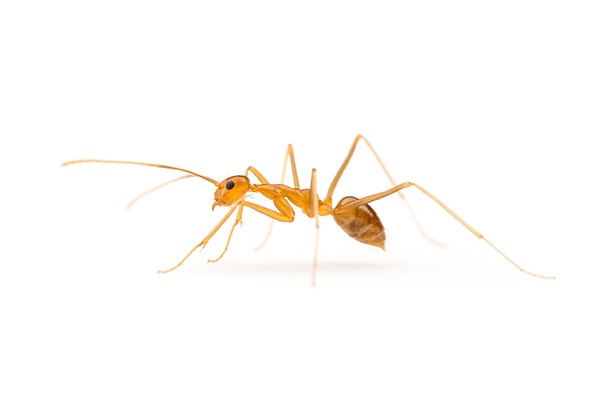Local alert pest species
Biosecurity is important because it protects our economy, environment and community from pests.
View the current local pest species alerts in the Byron Shire.
This includes how to spot and report Red Imported Fire Ants, Indian Ringneck Parrots and the Yellow Crazy Ant.
Due to the complexity in management, the Department of Primary Industries and Regional Development (DPIRD) is the lead agency in dealing with invertebrate and freshwater pest species.
Red Imported Fire Ant

The Red Imported Fire Ant is one of the worst invasive species in the world.
Nests have been detected in Clunes and Murwillumbah New South Wales.
NSW Department of Primary Industries and Regional Development has issued a Biosecurity Emergency Order. This places a temporary suspension of turf movements from QLD fire ant infested areas into any part of NSW.
This includes:
- organic mulch
- soil or anything with soil on it
- hay or baled material
- potted plants
- turf
- agriculture
- earth moving machinery
- mining or quarry materials
- sand and gravel.
For more information about Red Imported Fire Ants or if you’ve seen suspect ants, call 1800 680 244.
Red-eared Slider Turtle
It is a very adaptable and opportunistic invasive animal that can invade a wide range of freshwater ecosystems. They compete with native turtles for:
- food
- basking sites
- nesting sites
- suitable habitat.
It has a distinctive, broad red or orange stripe behind each eye, while narrow yellow stripes mark the rest of the animal's head and legs.
Report sightings
For images and more information: Red-eared Slider Turtle.
American Corn Snake
This is a generalist predator of a wide range of insects, amphibians, lizards, small mammals and birds. The American corn snake is a small to medium-sized slender snake up to 180 cm long, native to the south-eastern United States. Colour is highly variable.
Report sightings
For images and more information: American Corn Snake.
Indian Ringneck Parrot
Right now, there are no wild Indian Ringneck Parrots in New South Wales. However, some people keep them as pets. And if enough of these birds escaped or were released, they could become a serious pest problem.
They breed quickly, compete with native wildlife for hollows, fruit and nectar. They also have high potential to damage crops (grain, fruit, nuts, vegetable and flower crops).
For images and more information: Indian Ringneck Parrot.
Yellow Crazy Ant

Yellow Crazy Ants were discovered in central Lismore in May 2018. To make sure the infestation does not spread beyond Lismore please report any sightings.
The yellow crazy ant (Anoplolepis gracilipes) has:
- pale yellow body colour
- unusually long legs and antennae.
- dark brown abdomen
- body length around 5mm.
They are considered to be in the top 100 invasive species worldwide and in large numbers can attack and kill small animals and birds and damage ecosystems.
View the Department of Primary Industries and Regional Development website for the current status of this Yellow Crazy Ant biosecurity alert.